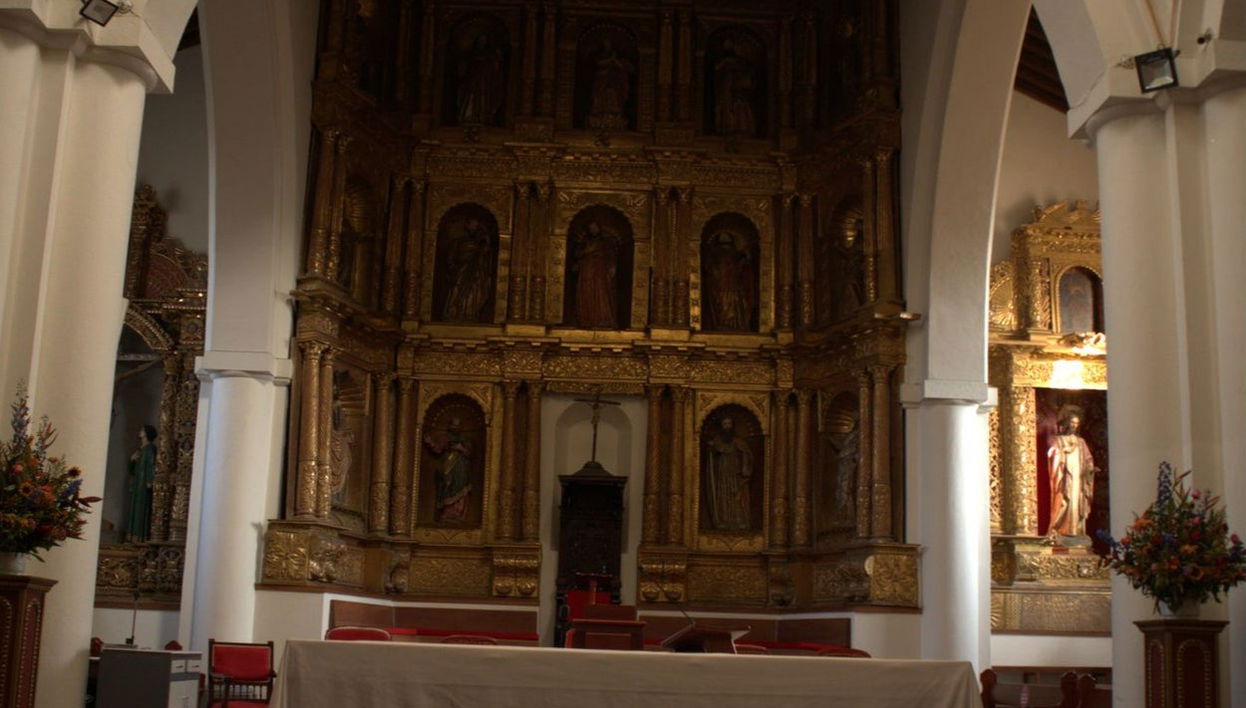
Tunja Churches Tour
The capital of Boyaca has a rich religious heritage. This tour allows you to explore the churches of Tunja, featuring significant 16th and 17th-century temples. Itinerary.
- 5 hours
- 1 review
The capital of Boyaca has a rich religious heritage. This tour allows you to explore the churches of Tunja, featuring significant 16th and 17th-century temples.
Itinerary
Pickup will be from your hotel in Tunja at the scheduled time to begin the tour of the local religious heritage.
The first stop will be Bolívar Square, where you'll visit Santiago Cathedral, constructed in the 2nd half of the 16th century, showcasing Elizabethan, Renaissance, and Neoclassical styles.
The tour continues at the Santo Domingo convent, known for its colonial-era sacred art. After viewing prominent pieces, you'll visit San Ignacio and Santa Barbara churches, renowned for the fervor of local worshippers.
You will then stop at the San Laureano Chapel, one of only 14 Hispanic churches in Tunja, followed by the church of Santa Clara, which is the site of the first female convent in Colombia. Next, you'll head to the Nuestra Señora de Milagro Sanctuary.
Finally, you'll learn about the church and convent of San Francisco before returning to your hotel. The total tour duration is approximately 5 hours from pickup.
Prices
Included
- Pick up and drop–off at hotel
- Transport by minibus or coach
- English–speaking guide
- Admission tickets
- 2 bottles of water
- Photographs of the tour
Tips
- Accessibility: Wheelchair accessible. Accessible toilets. Paid wheelchair loan service available. An accompanying person is required. This must be indicated in the reservation. Provides signage for wayfinding and orientation. Information in accessible formats. Audible security and alarm system. Staff with knowledge of sign language.




